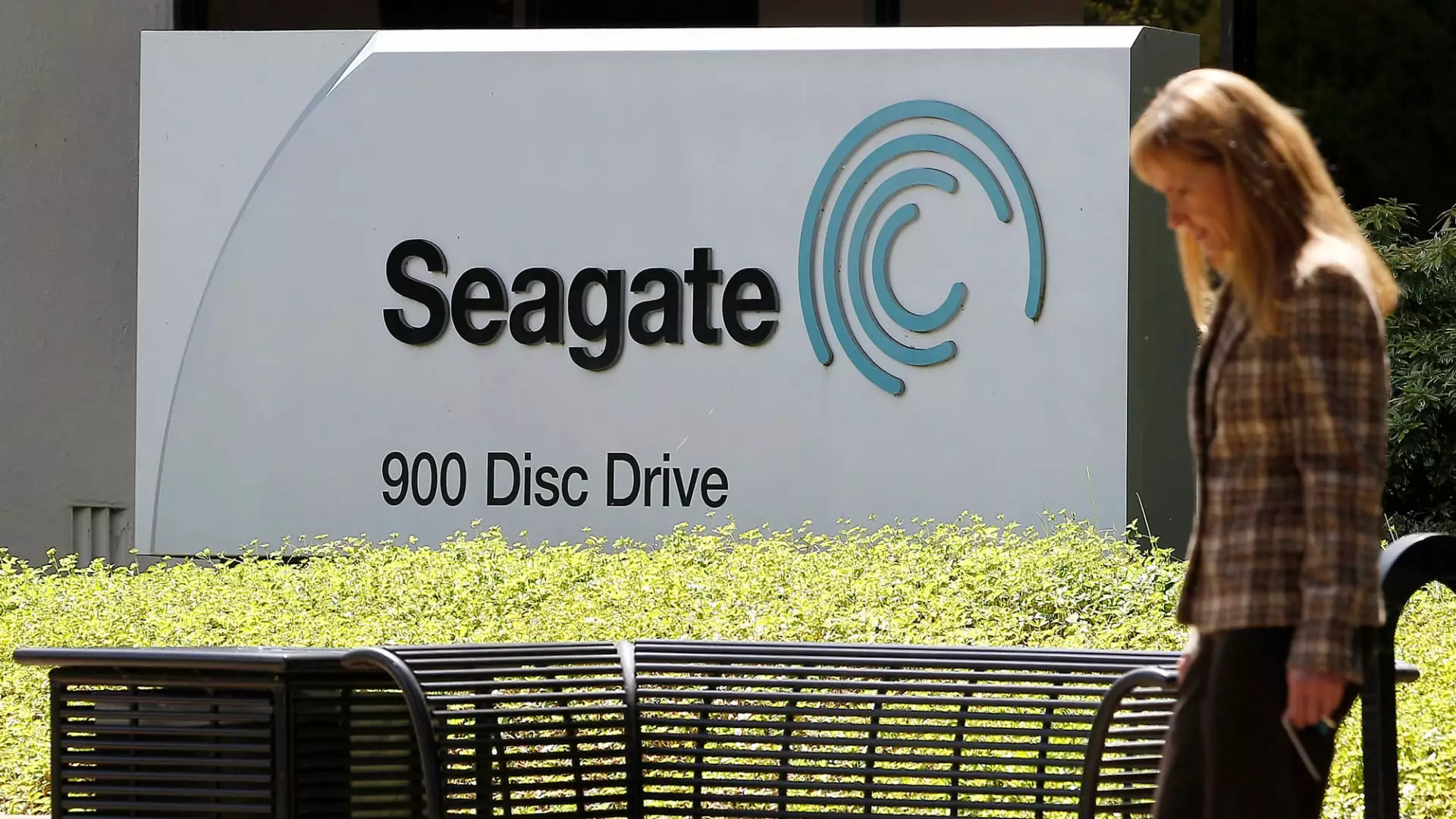As the world plunges deeper into the digital age, the demand for data storage solutions has reached unprecedented levels. With the relentless advancement of artificial intelligence (AI) and the exponential growth of data generation, companies are racing to keep pace. Seagate Technology, a stalwart in the data storage sector, is ambitiously pursuing the development of a 100-terabyte hard drive by the year 2030. This initiative represents not just a leap in technology but a critical response to the burgeoning needs of data centers worldwide. Seagate is positioning itself to be a key player amid this explosive growth, recognizing that the AI boom isn’t just a fad—it’s a transformative trend reshaping industries.
Seagate’s Vision: A Game-Changer for AI Infrastructure
Seagate’s chief commercial officer, BS Teh, underscores the company’s dedication to providing robust solutions amidst rapidly changing technological requirements. The plan to produce a drive with three times the capacity of its current model reflects Seagate’s drive to innovate and adapt. Teh’s assertion that “plenty” of businesses could benefit from such expansive storage capacity points to a broader understanding of the industry’s trajectory. It’s not merely an exercise in engineering; it’s a calculated move to enhance operational capabilities across sectors focusing on AI, big data analytics, and enterprise-level solutions.
The move to develop more advanced hard drives comes at a pivotal moment when major corporations like Microsoft indicate massive investments in data infrastructure. Microsoft’s forecast of $80 billion towards data centers by mid-2025 exemplifies the urgency with which the tech community is approaching data storage capacities. Seagate’s venture into 100-terabyte drives aligns perfectly with this overarching trend; the company is positioning itself to be indispensable to organizations that are increasingly reliant on vast amounts of data.
The Environmental Challenge: Balancing Progress with Responsibility
However, with great advancements come significant responsibilities. The environmental implications of massive data centers are becoming a hot-button issue. The International Energy Agency’s statistics highlight the staggering energy demands associated with advanced AI technologies. For instance, a single query on ChatGPT consumes about 2.9 watt-hours, resulting in potential electricity requirements similar to those necessary for numerous conventional internet searches. As the world becomes more data-hungry, the challenge will be appropriately harnessing energy resources to keep up with demand without sacrificing the planet’s health.
Teh recognizes these challenges, asserting that Seagate is committed to addressing climate concerns head-on. By increasing storage density and adopting sustainable manufacturing practices, Seagate aims to minimize its ecological footprint. This focus on renewable energy in production processes showcases a commendable initiative that not only promotes innovation but also emphasizes corporate responsibility. Such efforts are essential, especially when you consider the long-term sustainability of technology.
Competition and Sustainability: Hard Drives vs. SSDs
While Seagate’s ambitions are undoubtedly ambitious, the landscape is competitive. The rise of solid-state drives (SSDs), which leverage flash memory for rapid data access, poses a threat to traditional hard disk drives (HDDs). Yet, Teh is resolute in defending the sustainability of hard drives, arguing that HDD technology embodies a lower carbon footprint than its SSD counterparts. This is a compelling argument which resonates in an increasingly eco-conscious market.
The pivotal difference lies not only in performance and speed but also in the environmental cost of production. As businesses strive to enhance their sustainability profiles, Seagate’s narrative emphasizes the long-term viability of hard drives as a more environmentally sound choice when considering the embodied carbon footprint. The challenge for Seagate is to ensure that its messaging resonates with businesses concerned about their ecological impact, thus positioning itself as a leader in truly sustainable data storage solutions.
The Road Ahead: A Vision for 2030
Ultimately, Seagate’s ambitious goal of creating a 100-terabyte hard drive reflects a broader vision for the future of technology. The company is not merely responding to current demands; it is forecasting the needs of a data-driven society. As groups across industries adapt to AI and big data, the necessity for expansive, reliable, and sustainable storage solutions is paramount.
In an arena dominated by rapid technological innovations and rising environmental concerns, Seagate’s strategy embodies the dynamics of necessity and foresight. The emphasis on capacity, sustainability, and practicality will determine the company’s success in carving a niche for itself in a competitive market. If successful, Seagate not only stands to revolutionize data storage but also to redefine what it means to be a responsible player in the tech space.

